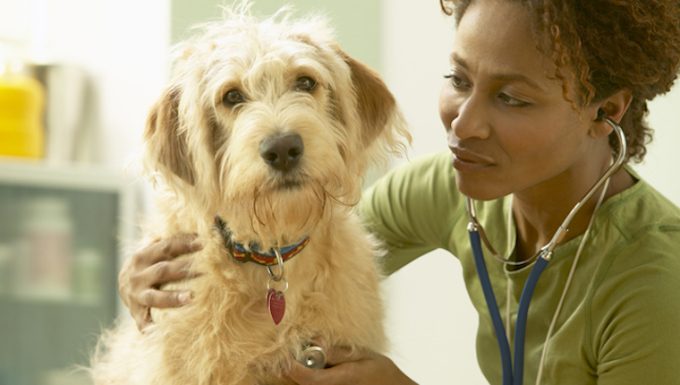Atrial standstill in dogs is a condition that involves an abnormal heart rhythm. Thankfully, the condition is considered to be quite rare in dogs.
However, some dogs are genetically predisposed to the condition. For instance, some of those breeds include Shih Tzus, German Shorthaired Pointers, and English Springer Spaniels.
If you see the signs of atrial standstill…









